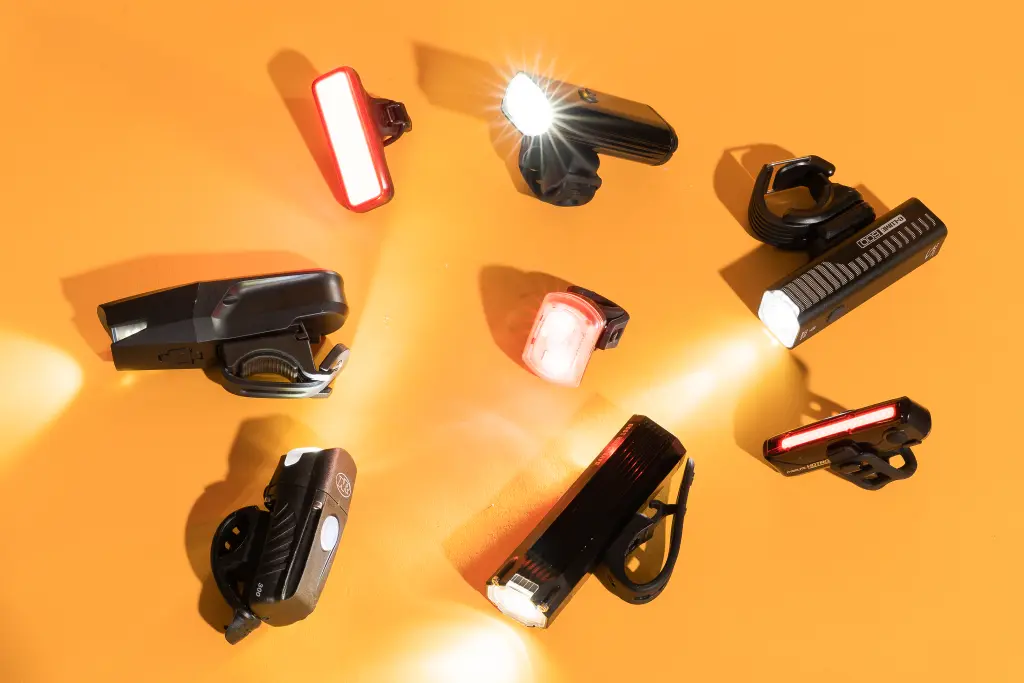Cycling has turned into an undeniably well-known method of transportation and entertainment, offering benefits going from actual wellness to ecological supportability. Nonetheless, whether you’re driving through city roads or leaving on an evening trail experience, security ought to constantly be a main concern. One of the most fundamental bits of well-being gear for any cyclist is a solid arrangement of bicycle lights. These lights assist you with seeing the street ahead as well as guarantee that others can see you, decreasing the gamble of mishaps. In this thorough aid, we’ll investigate the significance of bicycle lights, the various kinds accessible, and ways to pick the right lights for your requirements.
The Significance of Bicycle Lights
Bike lights serve two essential capabilities: enlightening your way and making you noticeable to other people. In low-light circumstances, for example, at sunrise, sunset, or night, and during unfavorable weather conditions like downpours or haze, your perceivability can be essentially diminished. Without satisfactory lighting, you risk not just neglecting to see hindrances in your way but additionally being disregarded by drivers, walkers, and different cyclists.
As per different examinations, a critical number of cycling mishaps happen during low-light circumstances, with unfortunate perceivability being a significant contributing component. Having a bunch of top-notch bicycle lights can radically lessen these dangers by guaranteeing you’re seen in a good way and that your way is sufficiently bright. Moreover, numerous districts lawfully expect cyclists to have front and back lights while riding into the evening, making bicycle lights a security measure as well as a legitimate need.
Sorts of Bicycle Lights
Bicycle lights come in different sorts, each intended for explicit purposes. Understanding the various choices accessible will assist you with picking the lights that best suit your cycling needs.
Front Lights:
Headlights: Mounted on the handlebars, these lights are intended to enlighten the street ahead, permitting you to see snags, street signs, and territory changes. They are accessible in various splendor levels, estimated in lumens. For metropolitan driving, a light with 200-600 lumens is, for the most part, adequate, while mountain trekking or country riding might require lights with 1000 lumens or something else for better perceivability.
Cap Lights: These lights are connected to your protective cap and give extra brightening, especially helpful for seeing around corners or spotting hindrances that handlebar-mounted lights could miss.
Back Lights:
Taillights: These red lights are mounted on the seat post or back rack and are significant for making you noticeable to vehicles coming in from the other side. They frequently highlight blazing modes that can draw more consideration, improving your perceivability in rush hour gridlock.
Laser Lights: A few backlights project laser lines onto the street, making a virtual bicycle path. This can assist drivers with better measuring the space around them, advancing more secure passing distances.
Side Lights:
Spoke Lights: These lights are joined to the spokes of your wheels, enlightening the sides of your bicycle and expanding your perceivability from all points. They are especially helpful in convergences where side perceivability is vital.
Outline Lights: These lights append to the bicycle outline and give extra side perceivability, upgrading your general presence out and about.
Other Lighting Extras:
Intelligent Lights: These are not lights in the customary sense but rather are profoundly intelligent materials that increment your perceivability when enlightened via vehicle headlights. Intelligent strips, pedals, and dress can supplement your bicycle lights to additional improve wellbeing.
Picking the Right Bicycle Lights
While choosing bicycle lights, consider the accompanying variables to guarantee you go with the best decision for your riding conditions and inclinations:
Brilliance (Lumens): The splendor of bicycle lights is estimated in lumens. The higher the lumens, the more brilliant the light. For metropolitan driving, a frontlight with 200-600 lumens and a backlight with 50-100 lumens are for the most part sufficient. For rough terrain or dim regions, pick more brilliant lights with 1000 lumens or something else for the front.
Battery Duration: Consider how long the light will keep going on a solitary charge, particularly if you regularly take long rides. USB-battery-powered lights are advantageous, however, you ought to constantly look at the battery duration in different modes (consistent, blazing, and so forth) to guarantee it addresses your issues.
Mounting Choices: Guarantee that the lights can be safely mounted to your bicycle or protective cap. Flexible mounts permit you to tweak the light’s heading, which can be vital for expanding perceivability.
Water Obstruction: Search for lights that are water-safe, particularly assuming you intend to ride in different atmospheric conditions. A water-safe light guarantees unwavering quality in downpours or snow.
Modes and Highlights: Many bicycle lights accompany numerous modes, like consistent, blazing, or beating. Blazing modes can be especially successful in getting consideration in metropolitan conditions. A few high-level lights additionally offer brilliant elements like auto-changing splendor, brake light usefulness, or network with your cell phone.
End
Putting resources into quality bike lights is fundamental for any cyclist, guaranteeing well-being and perceivability no matter what the hour of day or atmospheric conditions. By understanding the various kinds of bicycle lights and taking into account factors like brilliance, battery duration, and water obstruction, you can pick the ideal arrangement of lights to suit your cycling needs. Keep in mind, the right bicycle lights don’t simply enlighten your way — they shield your excursion, permitting you to ride with certainty and genuine serenity.

